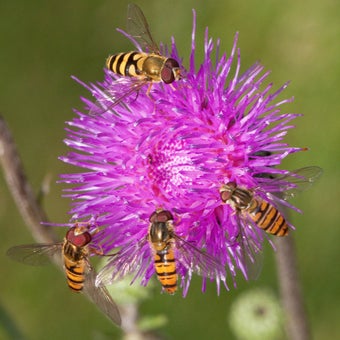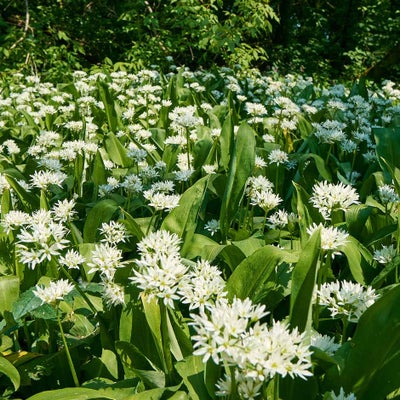
Quick facts
Wild garlic’s botanical name is Allium ursinum
It is commonly known as ramsons, wood garlic, buckrams and bear’s garlic
Wild garlic is a widespread UK native
The flowers are great for pollinators in spring
Grows well in damp woodland conditions
Wild garlic spreads by seed and underground bulbs
Controlling wild garlic can be difficult, requiring patience and persistence
What does wild garlic look like?
Wild garlic (Allium ursinum) is a UK bulb, commonly seen in damp woodlands.
- New leaves emerge from the soil each year in late winter or early spring and grow to about 7½cm (3in) wide and up to 50cm (20in) tall by early summer. The long, oval-shaped leaves have pointed tips and smell strongly of garlic when crushed; they die back to ground level as summer progresses.
- Flowering stems bear rounded umbels of six-petalled white flowers from April to June. Clumps of elongated pale form underground.

Crow garlic, three-cornered leek and few-flowered leek
Crow garlic, three-cornered leek and few-flowered leek are also edible alliums that grow and spread in UK gardens. The descriptions and images below will help you identify which species of Allium you have. RHS members can use the RHS Gardening Advice service for help with plant identification.
Crow garlic (Allium vineale)
Crow garlic is a UK native bulb commonly seen in Southern England, especially in grassland. Its narrow, tubular leaves are similar to chives and can grow up to 60cm (24in) in height. Curious flowerheads appear in June, initially covered by a papery sheath with green to reddish-purple bulbils (small bulbs) and sometimes a few pink flowers. Bulbils drop to the ground, allowing crow garlic to spread quickly. Underground, its pale bulbs are oval or round.
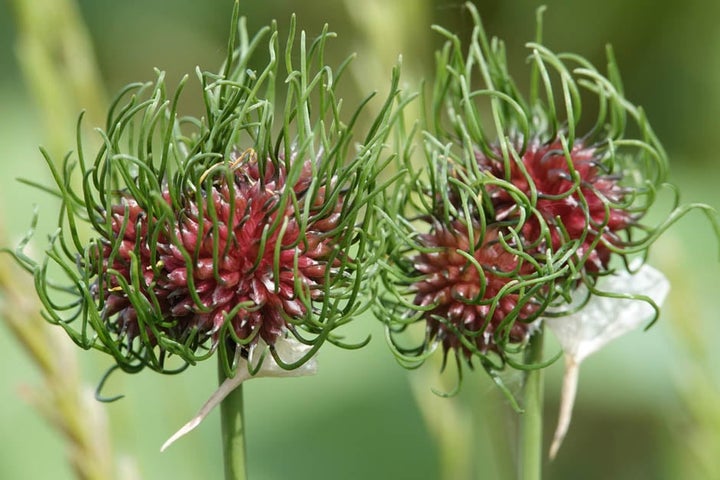
Three-cornered leek (Allium triquetrum)
Three-cornered leek is an introduced able to spread by seed (dispersed by ants) and bulbs. Its flower stems have three prominent sides and grow up to 45cm (18in) tall. Flowers appear from March to June and each white petal has a central green vein.

Few-flowered leek (Allium paradoxum)
Few-flowered leek is an introduced perennial, growing to a height of about 50cm (20in). Small white flowers appear from March to May, sometimes only one or two per stem, but flower stems also produce clusters of bulbils, allowing few-flowered leek to colonise areas quickly.

Good to know
Three-cornered leek and few-flowered leek are listed on Schedule 9 of the Wildlife and Countryside Act 1981 as invasive non-native species. Although not banned from sale in the UK, it is an offence to plant or cause these to grow in the wild.
Is wild garlic a weed?
Not necessarily – some gardeners choose to plant wild garlic and it is available to buy from herb nurseries. Wild garlic leaves can be eaten raw and are a tasty addition to salads. Cooked leaves have a milder garlic flavour and are useful as a leafy vegetable and as an ingredient in soups, pesto, oils and pasta dishes. The flowers and are also edible.
Did you know?
Wild garlic has been valued as an edible plant for centuries. Its leaves were harvested in spring during what was known as the ‘hungry gap’, when winter crops were finished but newly sown ones were not yet ready to harvest.
Wild garlic flowers also provide a valuable early source of nectar for pollinators, including bees, butterflies and hoverflies, and as a result it is included on the RHS Plants for Pollinators British wildflowers list.
However, wild garlic is a vigorous that can smother smaller plants, so it may not be welcome in some areas of your garden.
What is a weed?
The term ‘weed’ describes a plant that is growing where it isn’t wanted. Weeds usually thrive in average garden conditions, reproducing and spreading easily. It is up to you to decide what you call a weed and what you choose to retain or remove.
Frequently asked questions about controlling wild garlic
Here are our answers to your most common questions about dealing with wild garlic:
How invasive is wild garlic?
Wild garlic can form extensive carpets, particularly in damp woodland conditions. It spreads quickly, producing underground and seed above ground. In gardens, it can be difficult to curtail, and is easily and unintentionally spread by gardeners moving soil that contains hidden bulbs.
The wide leaves of wild garlic create dense ground cover in spring and early summer, potentially smothering other plants.
Do I need to get rid of wild garlic?
You don’t need to eradicate wild garlic from your garden. Allowing it to grow in a wildlife corner, woodland border or at the shady end of a veg bed is a great way to attract wildlife, boost the of your garden, and gives you the chance to enjoy its attractive flowers and edible leaves.
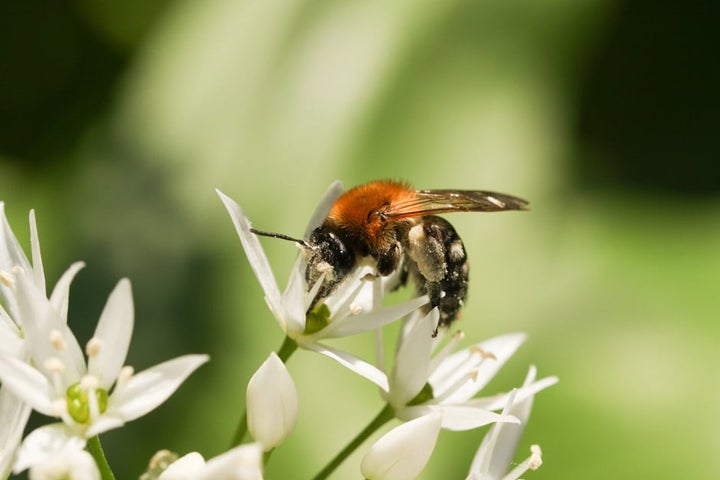
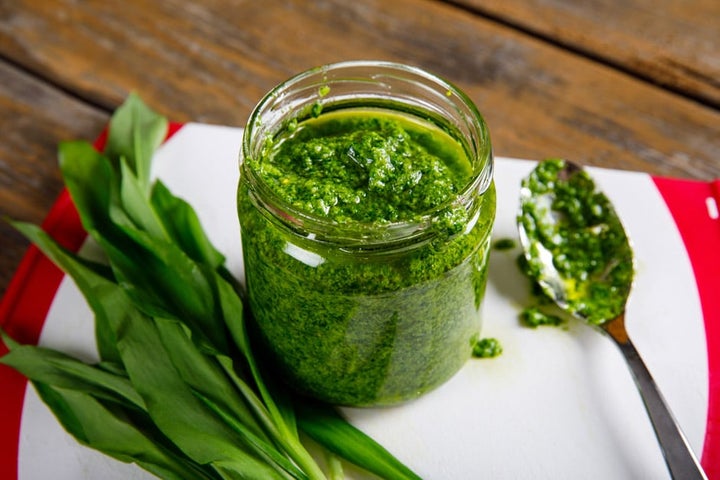
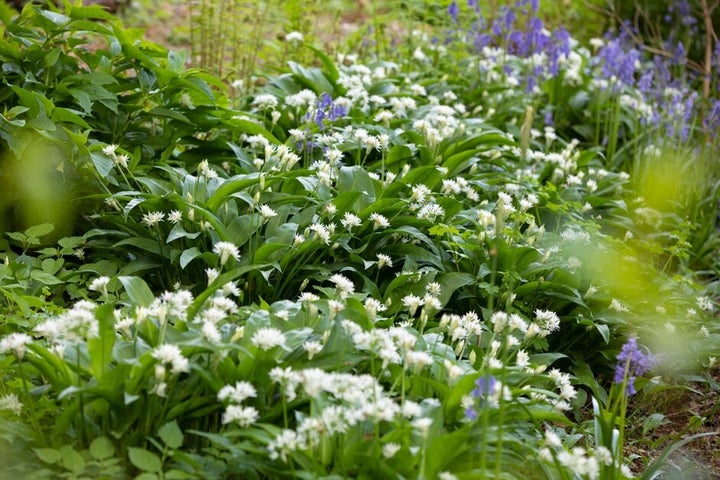
However, as wild garlic is capable of outcompeting and smothering plants that are smaller, less vigorous or come into growth later in spring, it is a good idea to manage its spread and stop it getting out of bounds.
Did you know?
Wild garlic is an ancient woodland indicator plant. Its presence in woodland, along with other indicator species, suggests that the site has been continuously wooded since the 17th century and developed complex ecosystems of plants, animals and fungi. For more information on ancient woodlands visit The Woodland Trust.
What is the easiest way to kill wild garlic?
If you have wild garlic growing where it is not wanted, there are a few ways to control it:
- Fork out – use a hand fork to lift out seedlings or young plants, ensuring any small bulbs are also removed.
- Dig out whole clumps – use a spade or garden fork to dig up clumps and remove all the bulbs and underground parts, looking closely for small offset bulbs. Most bulbs will be in the top 20cm (8in) of soil. Doing this when wild garlic is in leaf allows you to identify where the bulbs will be underground. This method can also be used around the edge of a clump to limit its spread. If wild garlic is growing among other garden plants, record (with a photo or a marker in the ground) exactly where the wild garlic is growing and remove the bulbs in winter when the plants are and will suffer less root damage. You may need to completely dig up plants, remove soil from around the roots to find and pick out wild garlic bulbs, then replant into cleared soil.
- Smother plants – cover with a layer of compostable material, such as cardboard, and then a layer about 20cm (8in) thick of organic matter, such as or wood chips. Alternatively, use a heavy grade matting. This will block light and prevent growth, causing the root system to die. Keep soil covered for a few years, topping up the mulch layer if necessary, to ensure this method is effective. This method limits soil disturbance.
Control methods for crow garlic (A. vineale), three-cornered leek (A. triquetrum) and few-flowered leek (A. paradoxum) are the same as those listed above for wild garlic, with the additional recommendation to remove stems of crow garlic and few-flowered leek early, before bulbils develop and drop to the ground.
Top Tip
Don’t add wild garlic bulbs or seed to your home compost bin, as it may not reach high enough temperatures to kill them. Instead, put them in your council green waste recycling bin or take them to your local recycling site.
Should I use weedkiller?
As non-chemical control methods are effective, even if time-consuming, there is no need to use weedkillers.
For more information, see our page on Weeds: non-chemical controls.











